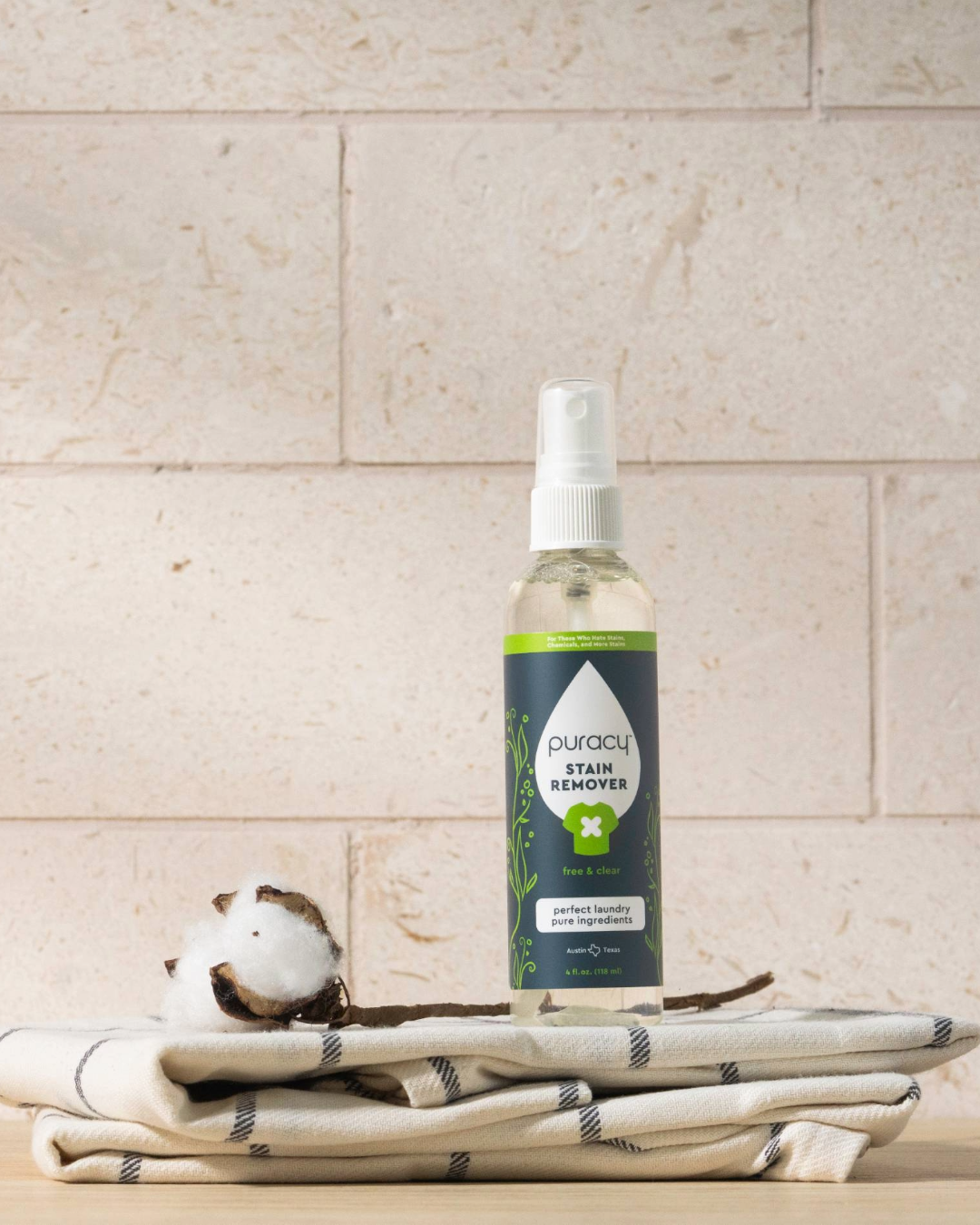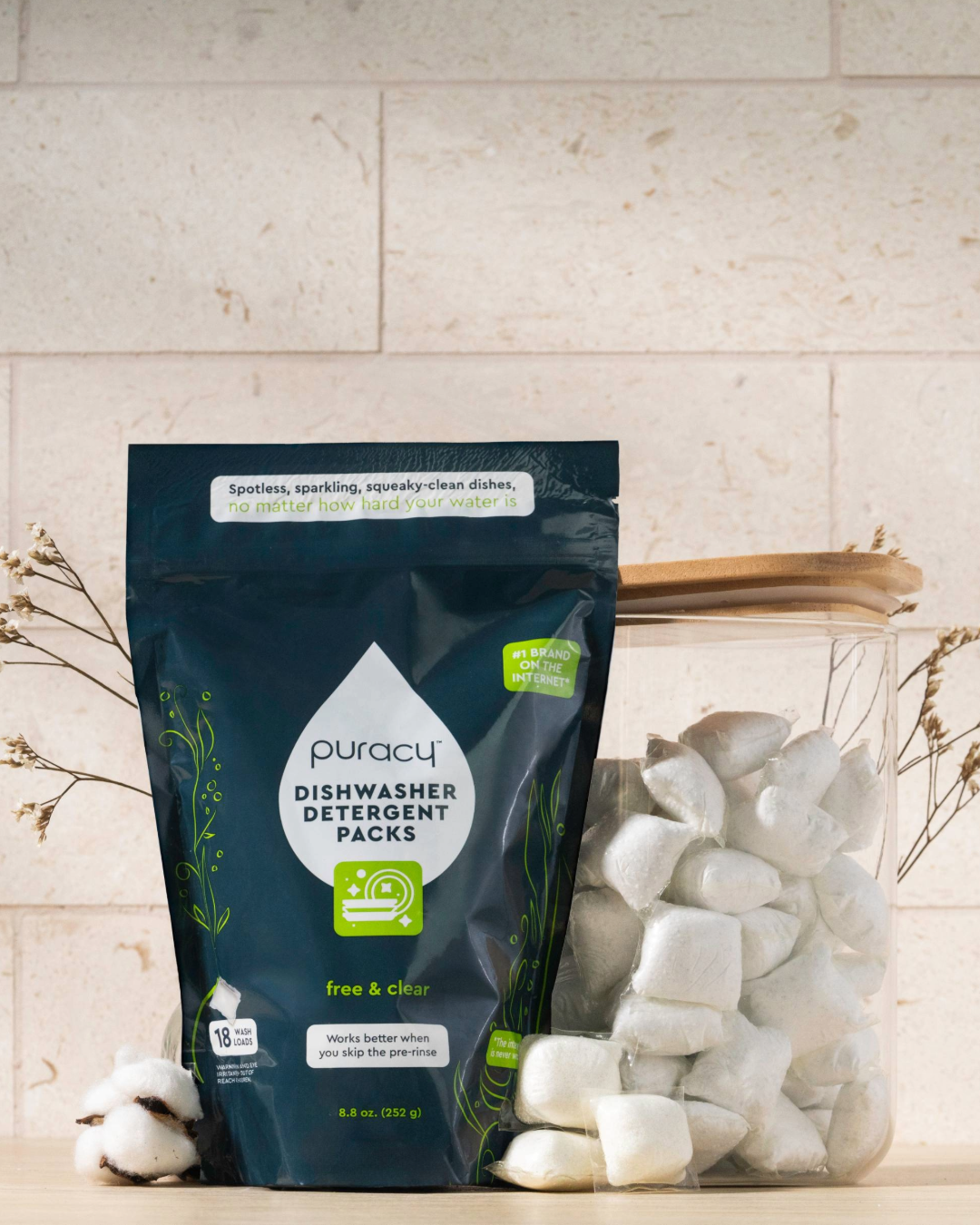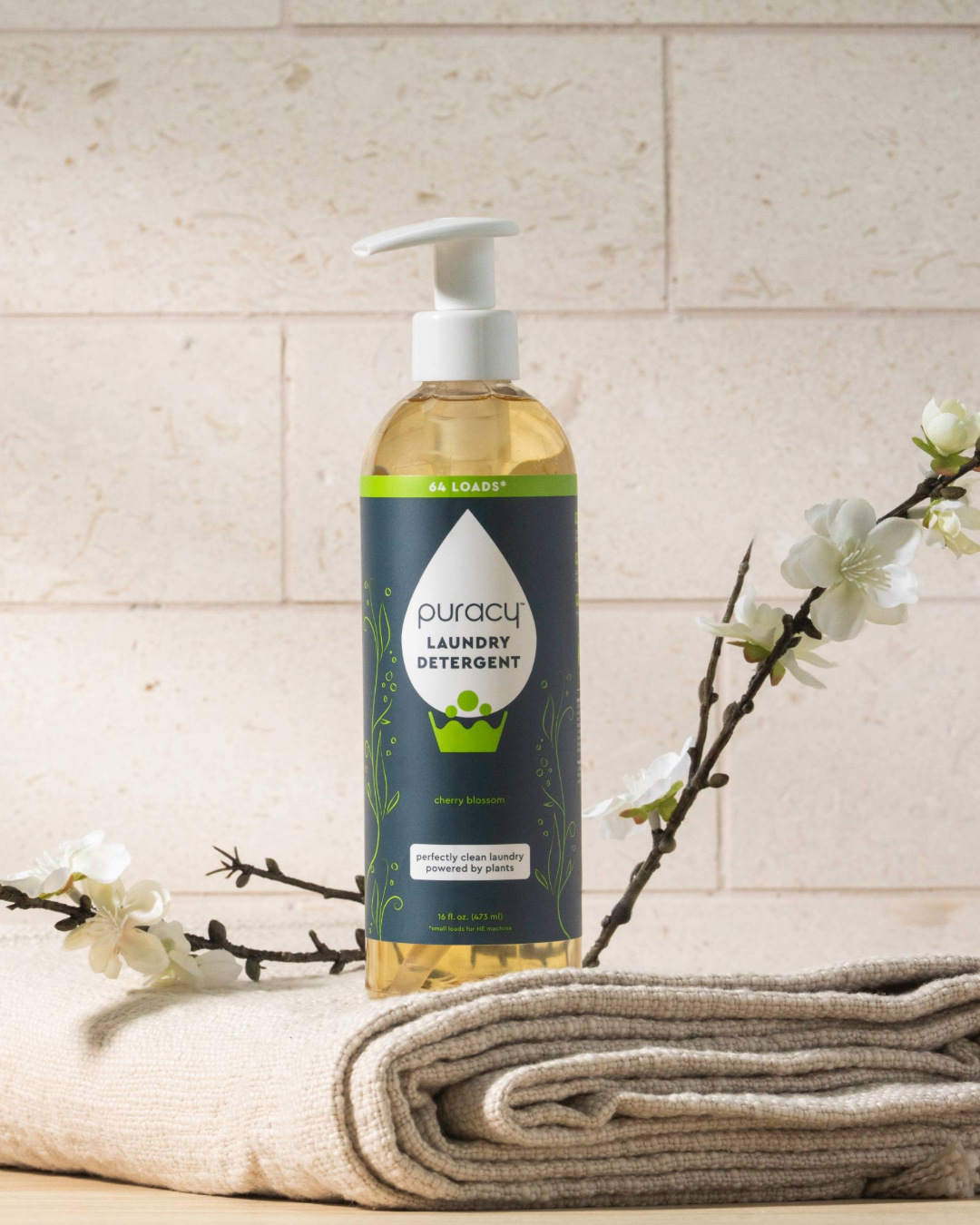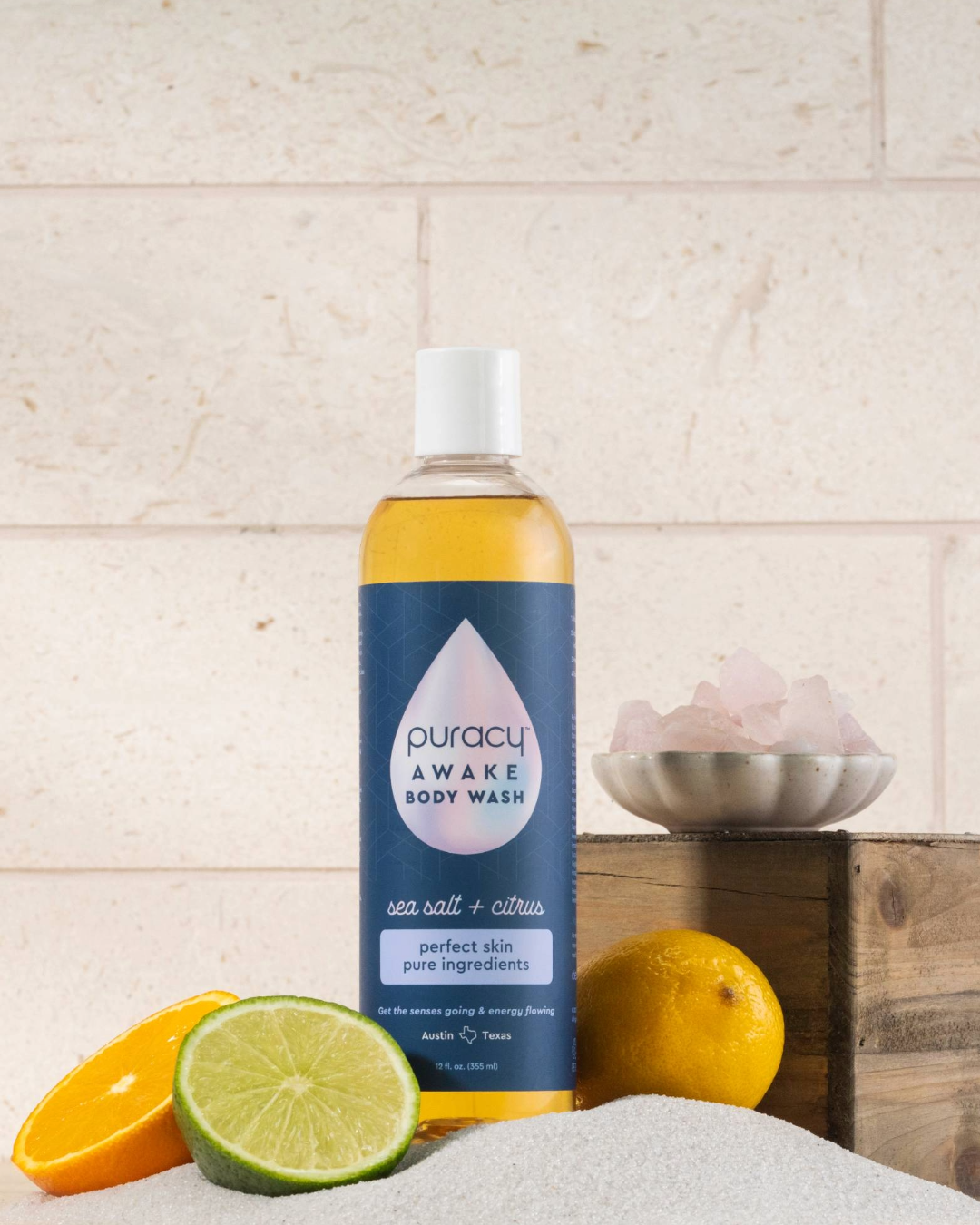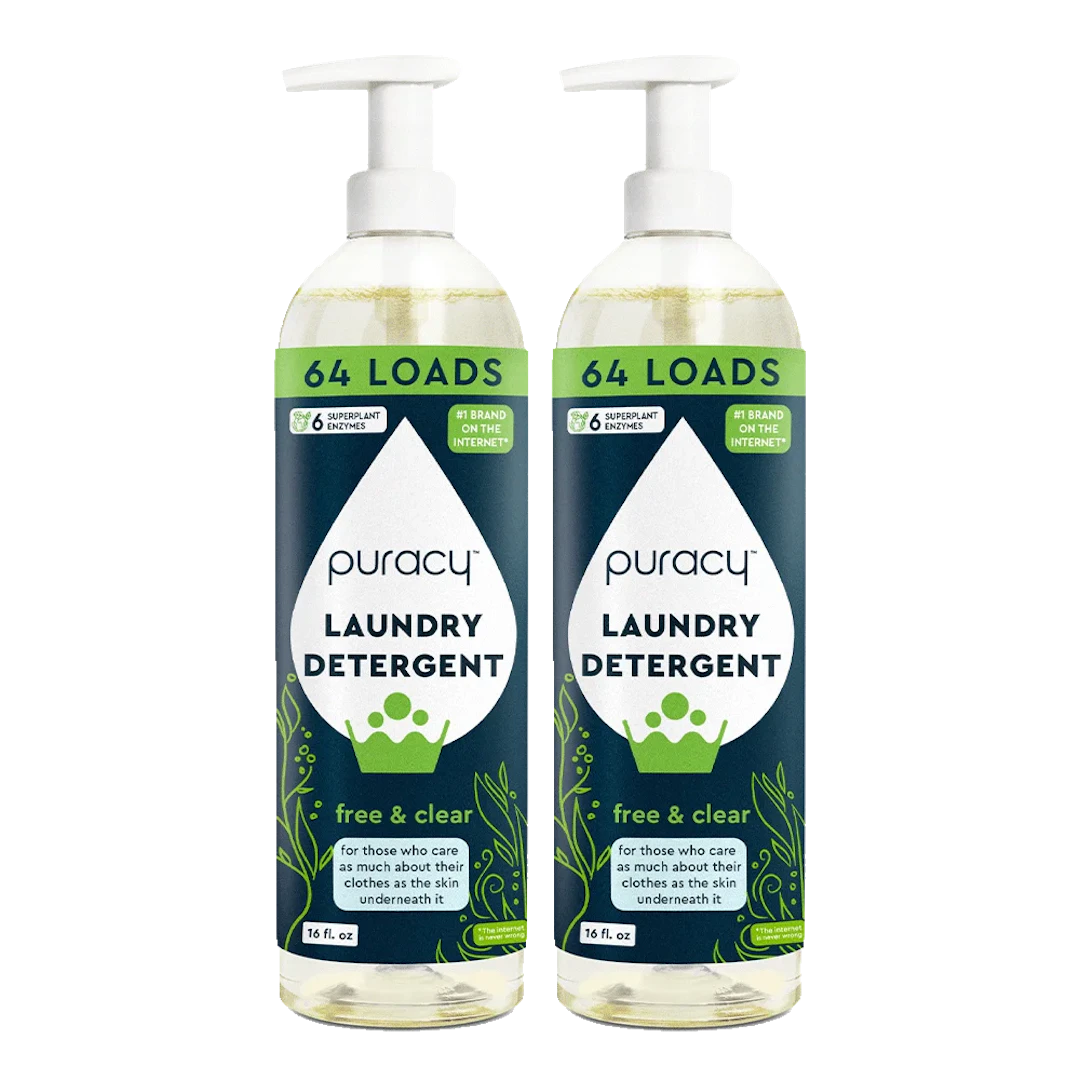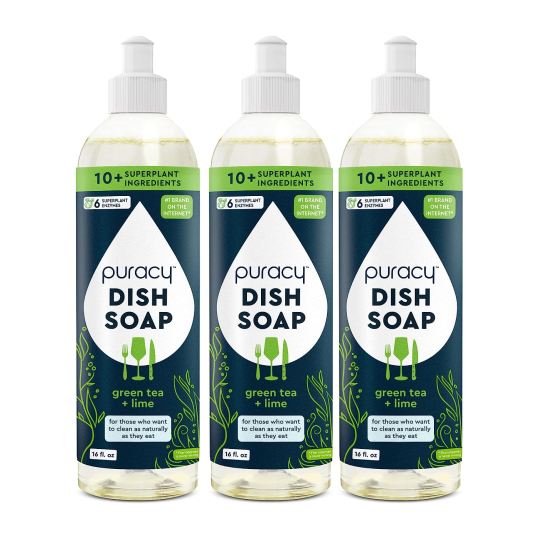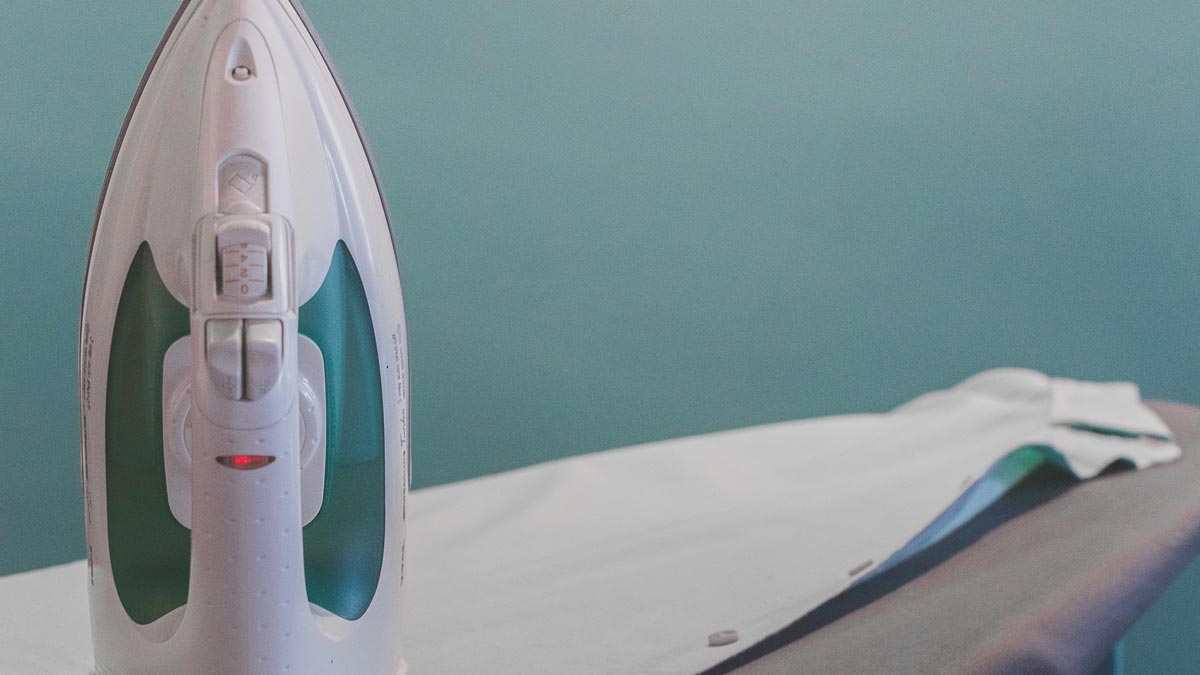
Cleaning 101: How to Clean a Burnt Iron
Wondering how to clean an iron? You're not alone! If you're noticing funky smells or scorch marks (caused by burned fabric) or funky smells, we've got the hacks you need to keep your appliance in great working order.
Keep reading to discover how to clean a burnt iron, why you should clean out the water reservoir more often, and much more.
SKIP TO:
Why Should I Clean My Iron?

Residue buildup doesn't only make your iron less effective: It can also lead to gross smells, snagged materials, uneven steam production, and burn marks that'll stain fabrics. As if that's not enough, residue-covered irons can lead to fires.
How to Clean the Bottom of an Iron: 11 Methods

Cleaning an iron requires a handful of ingredients and tools that you probably have at home. Don't panic if the remedy doesn’t remove product buildup: Different methods work better on different types of residue, so try something new until you see results.
Start by cleaning built-up residue from the steam holes of a cooled, unplugged iron. Use a toothpick, clean toothbrush, or cotton swab to wipe away gunk. Most importantly: Never use anything metal to clean an iron plate.
Pro Tip: Because polyester and microfiber melt at high heat, cover these fabrics with a natural fiber towel first.
1. Iron Over Salt & Newspaper

Turn your iron on a warm setting (without steam). Place a piece of newspaper or parchment paper on the ironing board and cover with a thin layer of salt. When the iron is heated, rub it quickly over the salt – in a circle – for one minute. Repeat, refreshing salt as necessary.
Unplug the iron, let it cool, and remove remnants with a damp microfiber cloth.
2. Scrub with Baking Soda

Who doesn’t love the cleaning power of baking soda? Create a thick paste of 2 parts baking soda to 1 part water. Next, cover the iron plate but avoid covering steam vents. Scrub with a clean toothbrush and wipe away with a damp microfiber cloth.
3. Rub on Vinegar & Baking Soda

Distilled white vinegar and baking soda make for an effective iron cleaning combination – and you probably have them in your pantry. Make a paste with equal parts vinegar and baking soda, dip a clean microfiber cloth into the paste, then rub it in small circles over the soleplate.
Dip a clean microfiber cloth into distilled water (especially important if you have hard water) and thoroughly wipe off any paste residue.
4. Wipe with Toothpaste

Using a cotton bud or paper towel, rub a small amount of plain, white toothpaste (not gel) onto your iron's scorch marks. Only cover the affected areas and wipe off with a damp microfiber cloth.
If toothpaste gets into the steam vents, don't worry: Fill the tank with distilled water, place the iron upright on an old towel, set the iron to steam, and let it sit for a few minutes on the ironing board. Hold the steam button for 20-30 seconds and wipe with a damp cloth. Repeat 5-6 times until the steam flows freely.
5. Rub Iron with Paracetamol

Paracetamol (e.g. acetaminophen, Tylenol) is handy to clean scorched iron. Be sure to use a white, uncoated variety!
Turn your iron on high, grasp a paracetamol tablet with a pair of tweezers, and rub the tablet all over the soleplate. Avoid touching the hot surface with your tweezers. The tablet should gradually dissolve into a gel, dissolving residue right along with it. Repeat as many times as necessary, then rub the hot iron over a clean, damp towel.
6. Clean Out with Cotton Swabs

If you find that your iron's steam holes are clogged or grimy, clean them out using a cotton swab dipped in white vinegar. Cotton swabs are perfect for cleaning out steam vents, especially since they don’t scratch the plate’s surface.
7. Use a Magic Eraser

The secret to using a magic eraser to clean an iron? Get it wet, and then run it on the burn marks until they disappear. This tip especially works if your iron is marred with hard water spots.
8. Scrape with a Dull Knife and Ice Cubes

If you've ever accidentally sewed over a plastic button and have it melted onto the fabric, you know it can be tough to remove. First, unplug your iron and let it completely cool. Once cooled, place the iron onto a bowl or pan of ice cubes. This will harden any plastic that's stuck to the iron.
Then take a dull plastic knife or wooden spatula and scrape at the plastic. Make sure all plastic is completely removed to avoid getting it on your next load of clothing to be ironed.
9. Rub with Dryer Sheets

Did you know dryer sheets can work in a pinch to clean an iron? Thanks to its mild abrasive qualities, they can work wonders. Put your iron on its lowest setting, and then rub the plate with dryer sheets. Replace the dryer sheet once it gets too hot with another one.
10. Wipe the Surface with Nail Polish Remover

Again, if you're in a pinch, you can use nail polish remover to tackle grime and residue. Turn on your iron, and once it's hot, take a cotton ball dipped in nail polish remover and wipe the surface so that the solution absorbs dirt. You'll see dirt dissolve before your eyes!
11. Use the Right Natural Surface Cleaner

Start with a cool, unplugged iron and spray the soleplate with Puracy Multi-Surface Cleaner. Let the formula sit for 30-60 seconds, then scrub with a clean microfiber towel. It’s absolutely that easy.
Pro Tip: Our 99.51% natural all-purpose spray can be safely used on any non-porous surface. Unsurprisingly, this makes it an unbelievable iron cleaner.
How to Clean an Iron Water Reservoir

Notice musty odors or see mildew in the water tank? There’s a simple solution for that:
1. Drain all remaining water from the reservoir.
2. Pour in a 1:1 distilled water and white vinegar solution.
3. Stand the iron up and select a high heat with steam setting. Let your iron work its magic until the liquid has almost completely evaporated.
4. Let your iron cool and drain the remaining liquid.
5. Fill the tank with distilled water, prop up the iron, and select the same high-heat steam. Run for 5-10 minutes.
Note: If your iron comes with a reservoir filter, soak it in the vinegar-water mixture. Thoroughly scrub with a dish brush, rinse, and dry before replacing.
Keep Your Iron Cleaner, Prevent Buildup

Frequent care is easy care – and will help prevent residue from sticking to the soleplate. These tried-and-true iron-cleaning methods will keep your iron looking new and your clothes looking their best:
1. Know Which Fabrics Can Be Ironed
Some types of fabric can’t handle high heat, others shouldn’t use steam. It's always recommended to read clothing tags to determine their specific ironing instructions. When in doubt – or if you're ironing a garment made of multiple fabrics – start with the lowest heat setting and test an interior seam.
2. Create a Barrier
Use a clean press cloth/thin cotton towel every time you iron. It acts an effective barrier between your iron’s soleplate and prevents gunk caused by synthetic fabrics.
3. Use Distilled Water
If your area has hard water, distilled water will help maintain your iron’s steam function and decrease mineral buildup along the soleplate.
Pro Tip: If you only iron occasionally, dump the water out to prevent mildew growth.
4. Wipe It Down
After every use, wipe your cooled soleplate with a damp microfiber cloth. This is especially true if you’re using starch.
Why Does My Iron Have Scorch Marks?

Residue from synthetic fabrics, starch, and basic grime tend to build up on iron soleplates (also known as the metal part that heats up). For people who have hard water, minerals can contribute to rust buildup on the iron plate and inside the steam holes.
This Is Much More Than an Iron Cleaner
Is there a non-porous surface you can’t use our Natural Surface Cleaner on? We haven’t found it. There's a reason 100% money-back guarantee for all of our products: They work really, really well.
